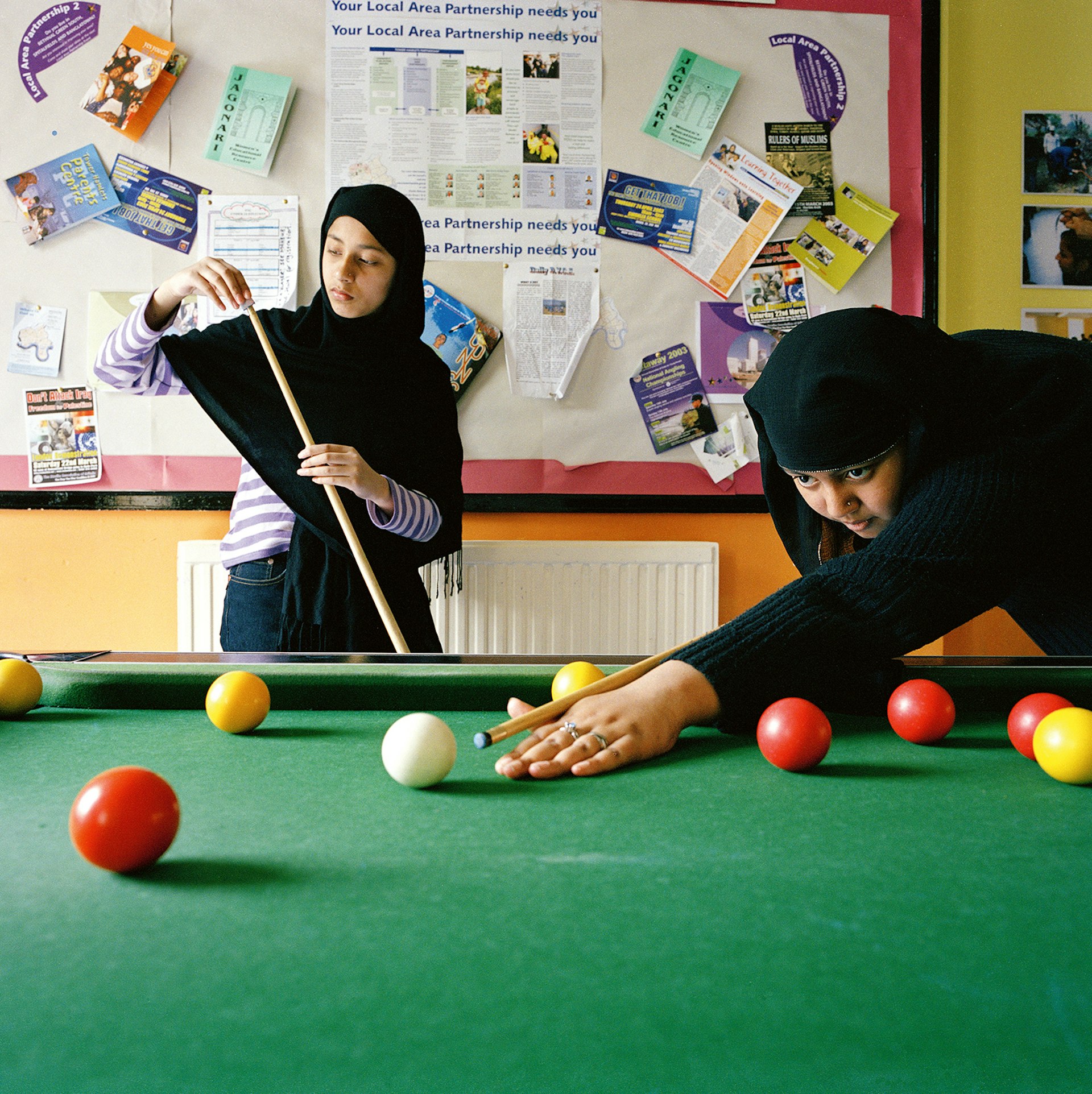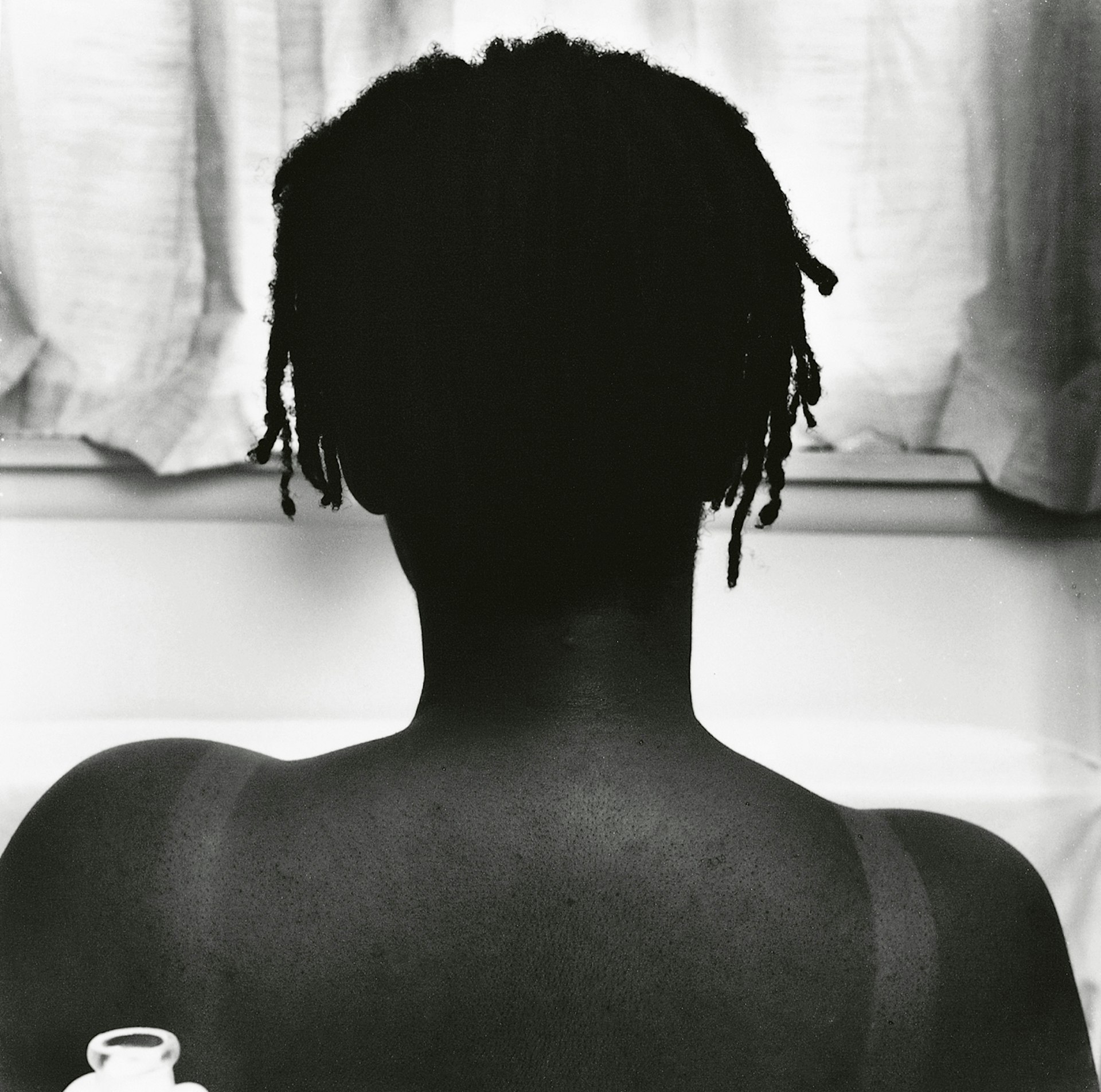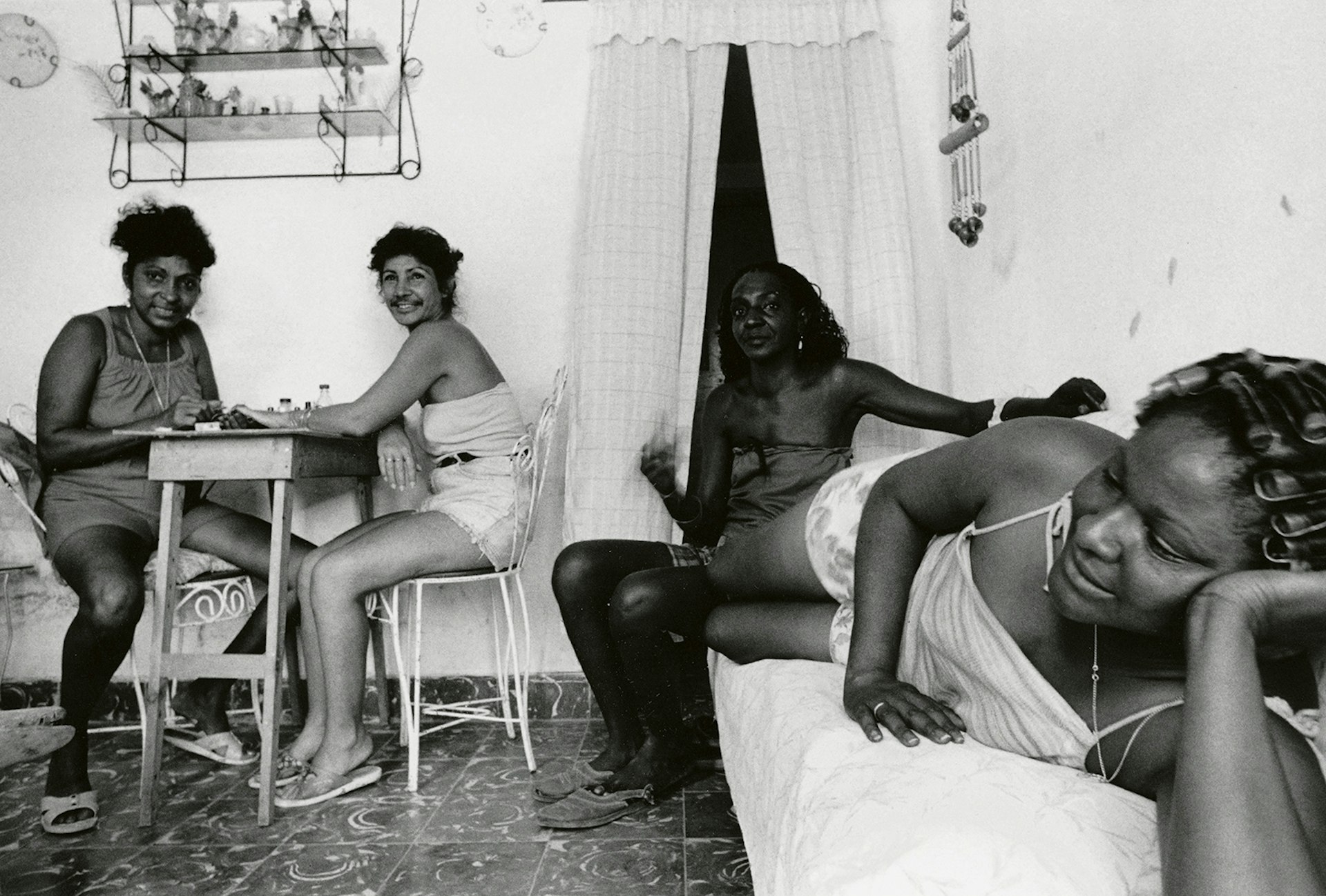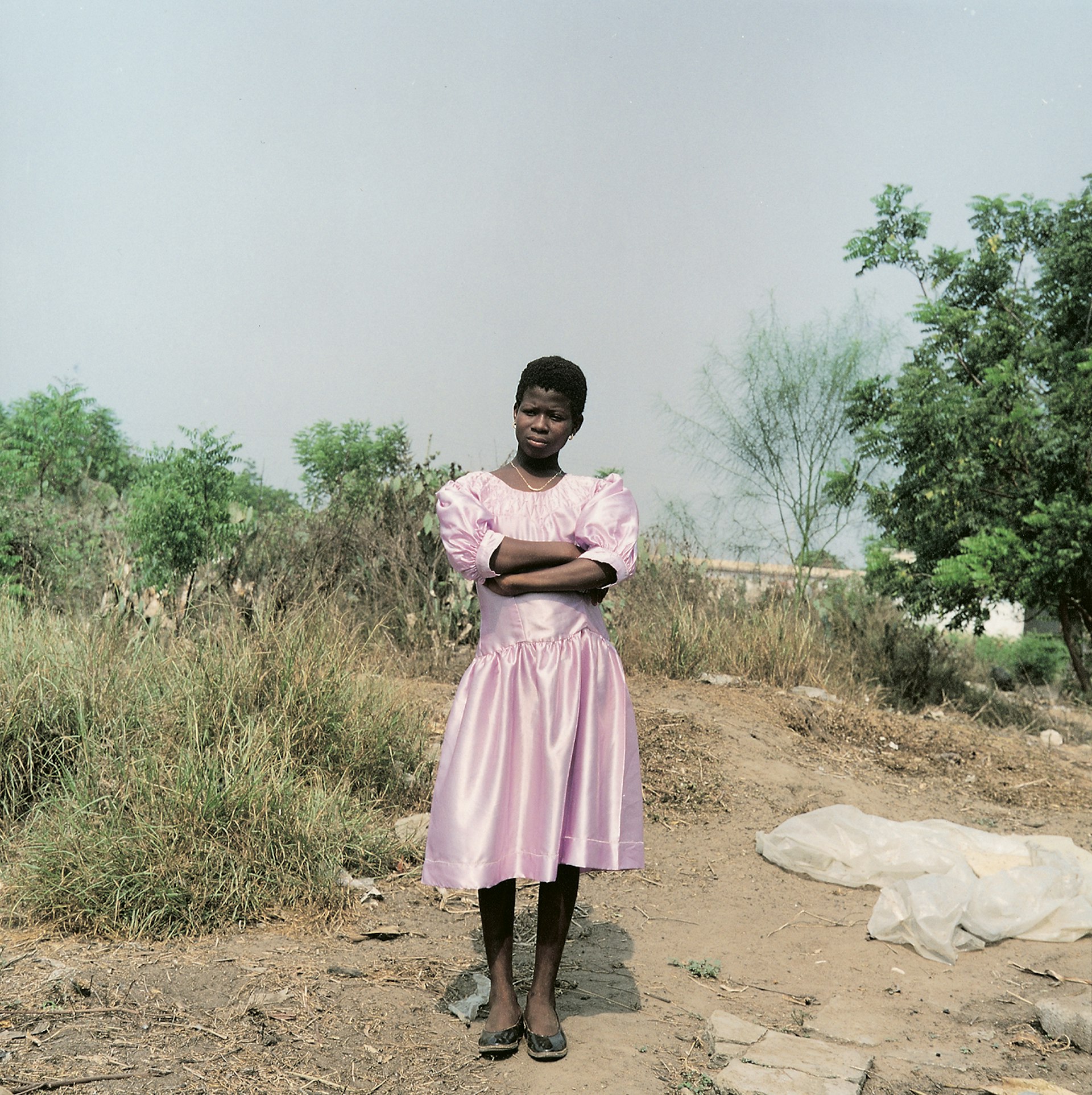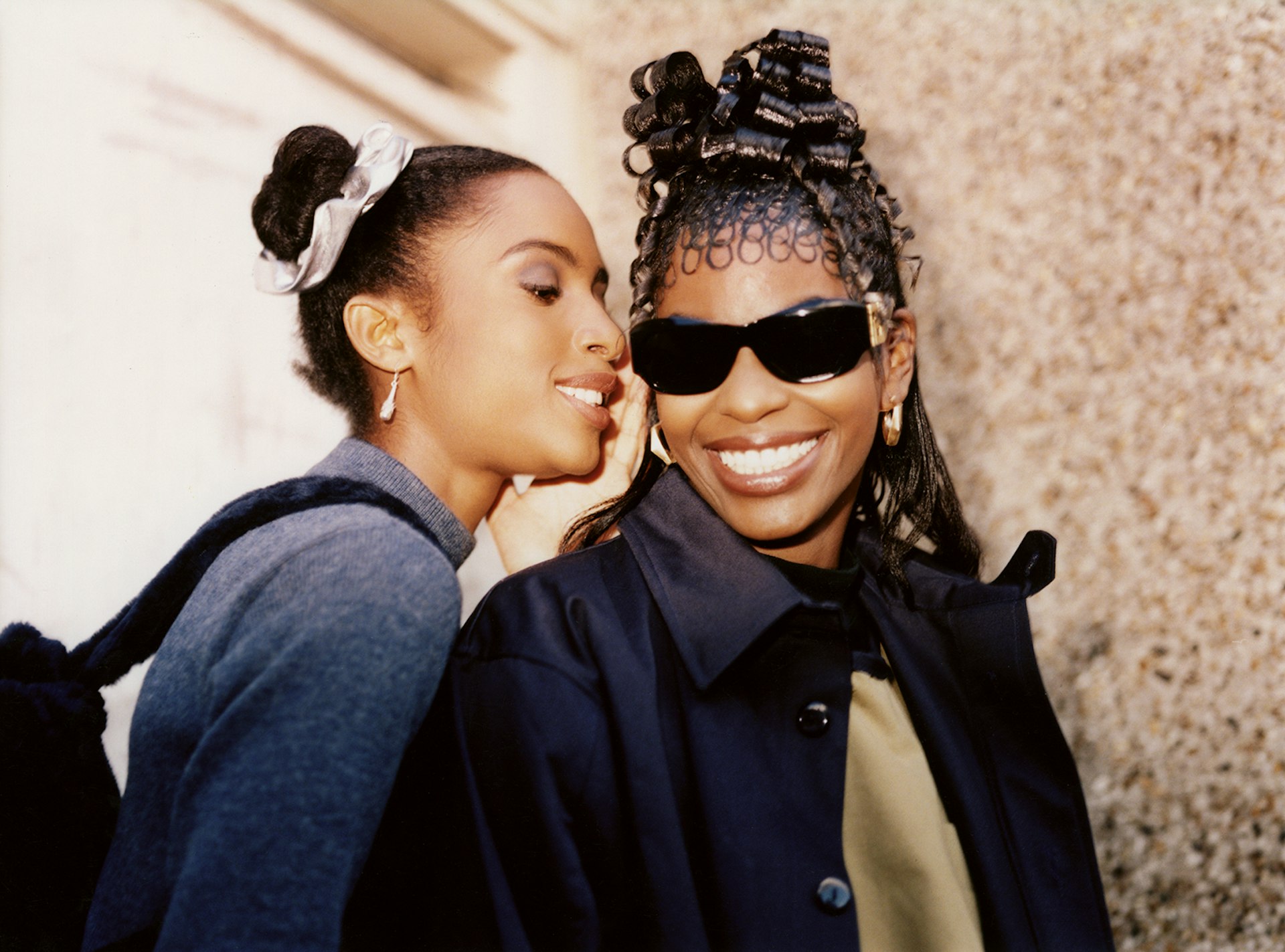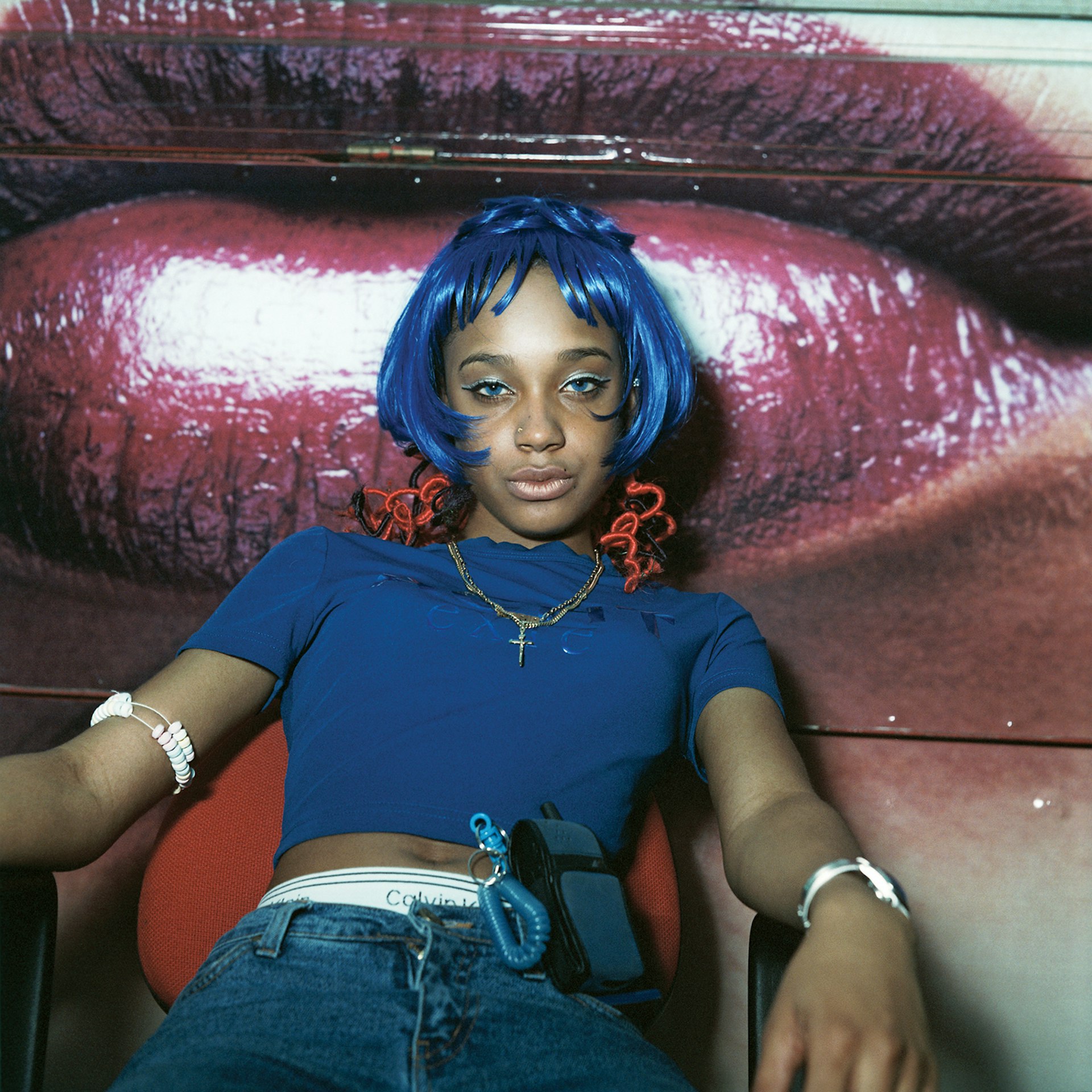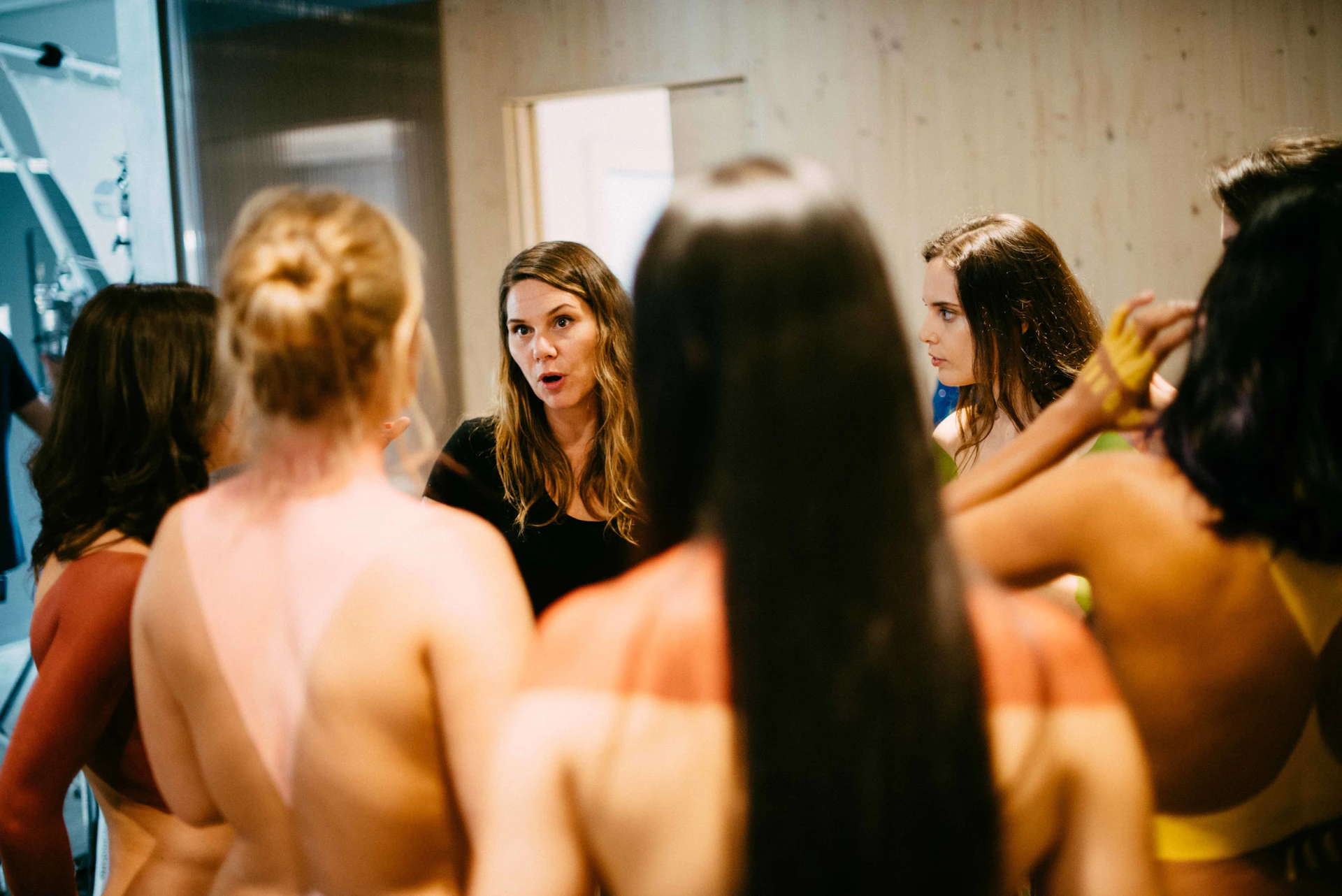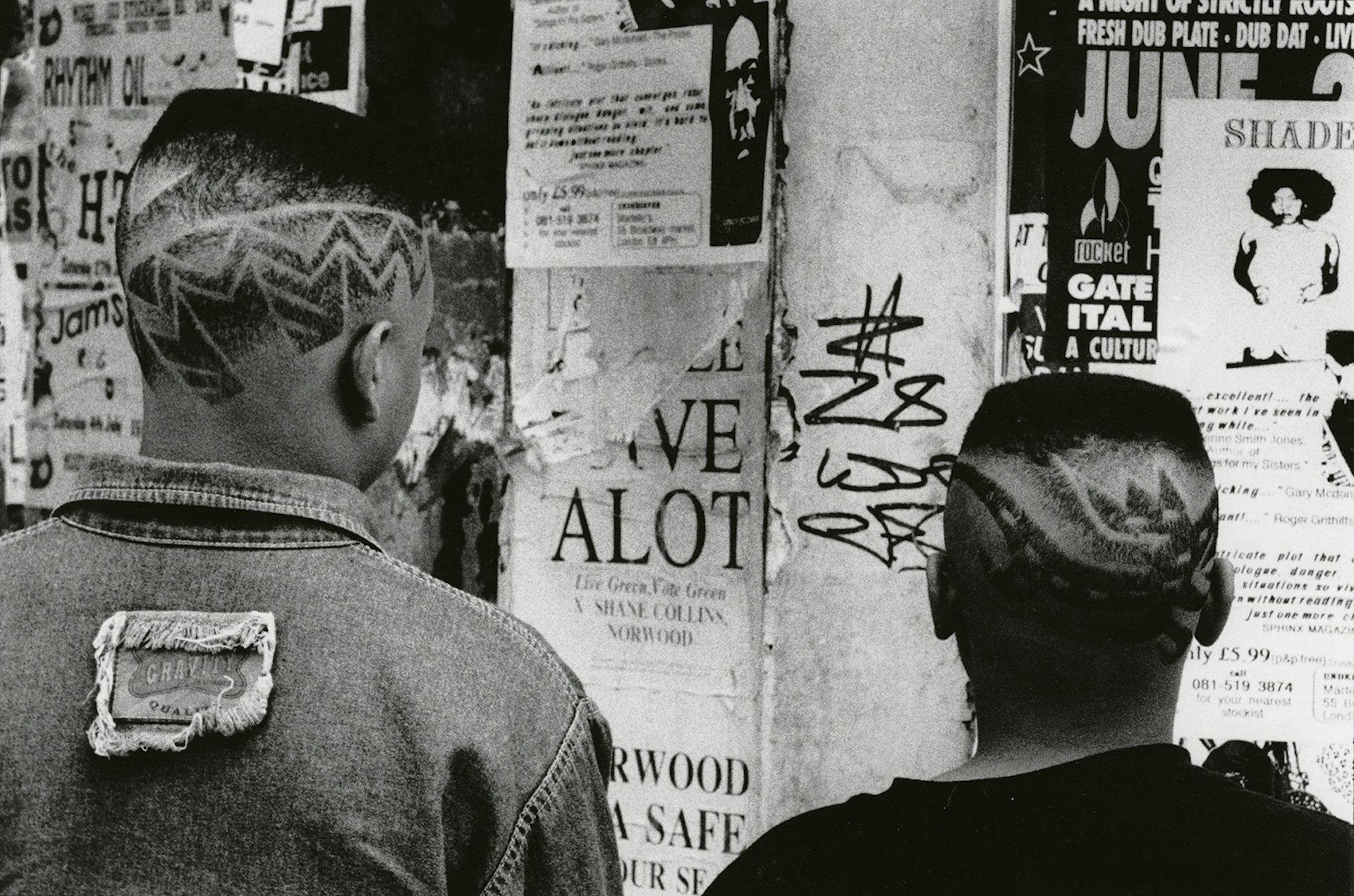
How Black women transformed British photography
- Text by Miss Rosen
- Photography by Carole Wright
In 1984, artist and educator Joy Gregory arrived in London to pursue her Masters in Photography at the Royal College of Art. She was the first Black woman enrolled in the program – a telling fact that echoed across the arts and academia both then and now.
Confronted with absence, networks began to form as emerging artists built collectives without any institutional support. In 1986, Gregory met Araba Mercer, and they began collaborating on projects like Polareyes, a landmark photo journal showcasing the work of Black women artists.
“It’s always been about community,” Gregory says. “People didn’t have ownership resources so you had to get together at meetings and make decisions collectively. At that time, nothing would have happened if we hadn't looked after each other. We had to support each other and create our own platform.”
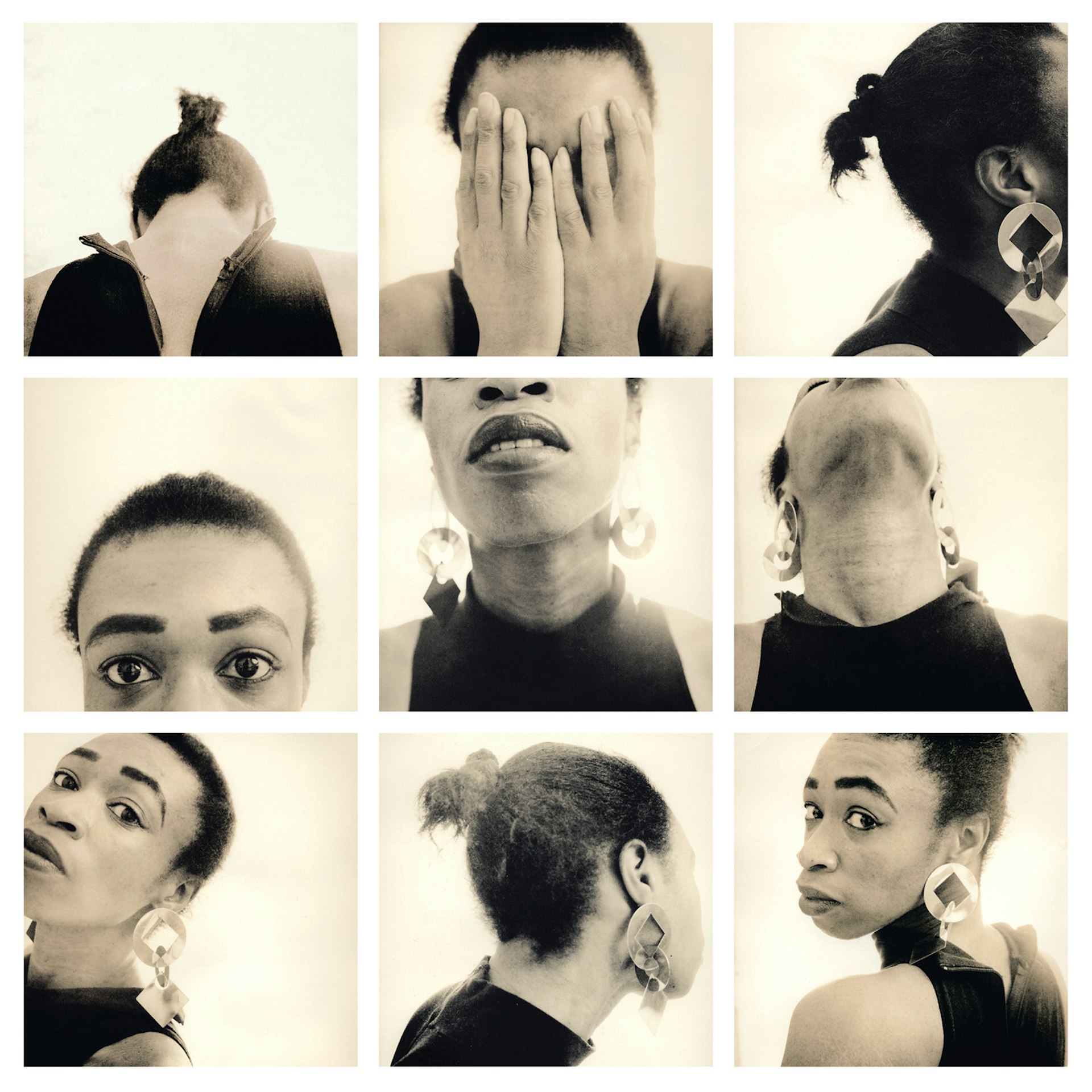
The erasure of Black women photographers stubbornly endured; a fact Gregory witnessed firsthand as she prepared for a talk on Maxine Walker at Autograph during the summer 2019. Searching through institutional libraries and archives, she discovered a discernable lack of visual material.
“I don't know why I thought over the last 20 or 30 years that somebody would have put together a book or there would be things in magazines,” she says. “But there was absolutely nothing.” It wasn’t until the talk that the fuse would be lit as Gregory persuaded Walker to join her on stage for a conversation about those heady years in the late 1980s and early ‘90s at the start of their careers. As they spoke, audience members like Michael Ann Mullen, Amanda King, and Maria Pedro joined in, sharing their memories of the era.
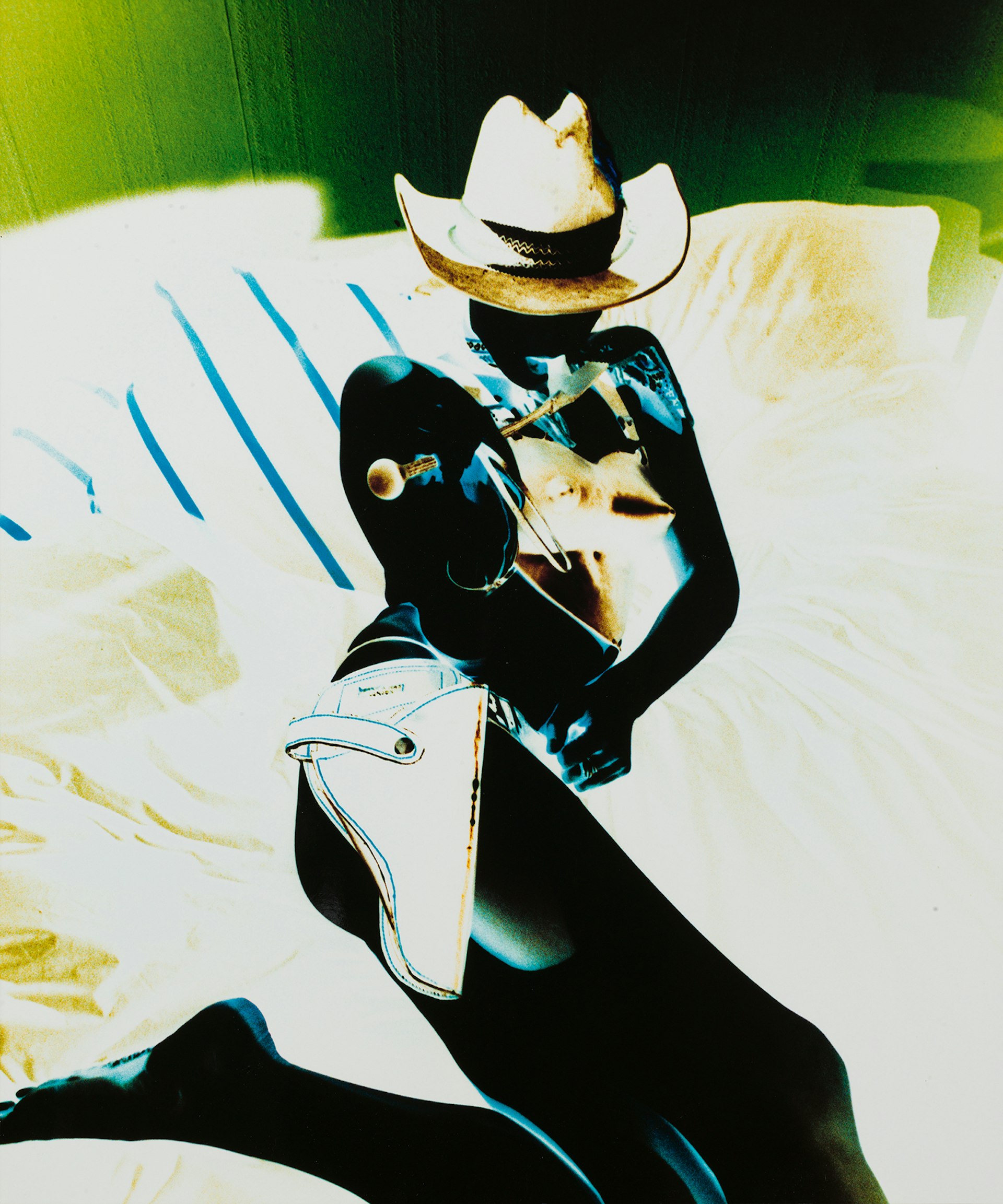
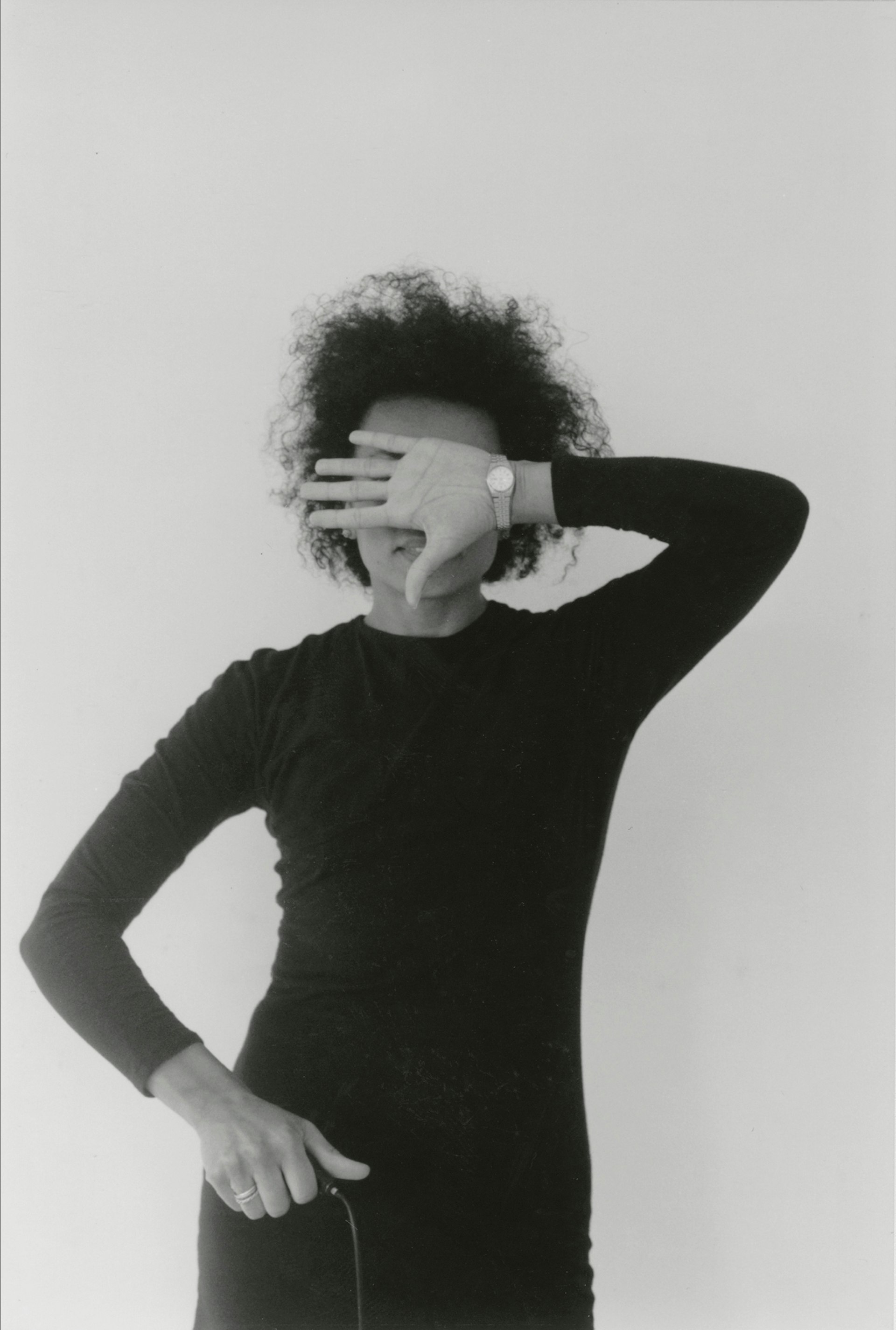
Amidst the resurgence of community, Gregory understood that though she did not envision herself as an author, there was work to be done. As Toni Morrison memorably said in 1981, "If you find a book you really want to read but it hasn't been written yet, then you must write it."
And so it was. Adopting a collectivist approach, Gregory set forth to create Shining Lights: Black Women Photographers in 1980s–90s Britain (MACK/Autograph), a comprehensive look at the work of a generation of 57 artists including Maxine Walker, Lola Flash, Maud Sulter, Carole Wright, and Suki Dhanda whose recognition is long overdue.
Shining Lights deftly weaves together portfolios, interviews, essays, roundtable conversations, archival material, and ephemera to craft an intricately layered tapestry of contemporary British art. “There’s a kinship that goes on there. The book belongs to everybody that was in it. There’s a lot of invisible work that you don’t see but it’s actually in the book,” says Gregory.
“We saw that very visibly at the launch at Autograph, where so many women turned up and it a massive party,” she continues “It was a really fabulous atmosphere because it's our book. We did this together. These are our voices. These are our stories. This is the aspect of me that was never presented when we were young, and it is our time.”
Enjoyed this article? Follow Huck on Instagram.
Support stories like this by becoming a member of Club Huck.
